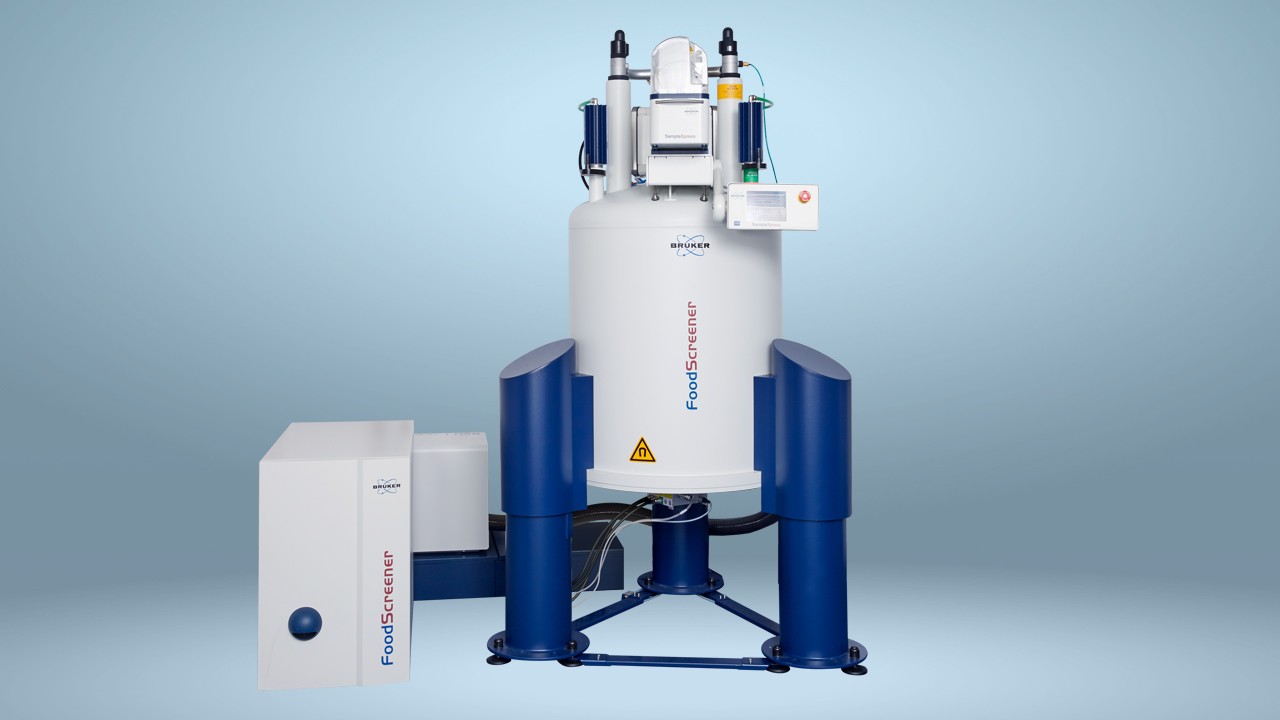Honey Analysis with NMR - Going Strong
With the increasing global demand for honey and the limited supply, the risk of adulteration has become a significant concern in the food industry.
Honey adulteration is sophisticated which makes it challenging to uncover.
The usage of performant and complimentary analytical techniques is crucial to keep the risk of adulteration to a minimum.
Nuclear Magnetic Resonance (NMR) analysis is a powerful tool in preventing and combating food fraud and adulteration, particularly in the case of honey.
NMR enables a highly accurate analysis of the composition and authenticity of honey. It allows scientists to identify and quantify various components present in a sample.
One of the primary reasons NMR is invaluable in honey analysis is its ability to detect the presence of added sugars or syrups. Authentic honey typically consists of a complex mixture of natural sugars, enzymes, amino acids, and other organic compounds. Adulterated honey often contains additional sugars like high-fructose corn syrup or rice syrup, which are cheaper and less desirable. NMR analysis can accurately measure the sugar composition and identify any discrepancies, revealing the presence of adulterants.
By analyzing the chemical fingerprint of honey samples, NMR can identify variations in the natural components and compare them against a database of authentic samples. Any deviations from the expected profiles can indicate potential adulteration or fraud.
NMR analysis also aids in determining the geographical origin of honey, which is important for ensuring its quality and authenticity. Different regions produce honeys with distinct chemical compositions, reflecting the specific flora and environmental conditions. NMR spectroscopy can identify characteristic markers in honey samples that correspond to specific geographic regions, enabling the verification of claimed origins and detecting mislabeling or fraudulent claims.
The significance of NMR analysis in preventing food fraud and adulteration of honey goes beyond safeguarding consumer trust. It also supports fair trade practices and protects the livelihoods of beekeepers and honey producers who adhere to ethical and sustainable standards. By enabling accurate detection and verification of honey quality, NMR helps create a transparent and reliable supply chain, discouraging fraudulent practices.
In conclusion, NMR analysis is an essential tool in the fight against food fraud and adulteration, particularly in the context of honey. Its ability to accurately detect the presence of added sugars, identify geographic origins, and analyze the chemical profile of honey samples is crucial in ensuring consumer safety and maintaining the integrity of the food industry. By employing NMR techniques, authorities, regulatory bodies, and honey producers can work together to combat honey fraud and provide consumers with authentic, high-quality honey products.

